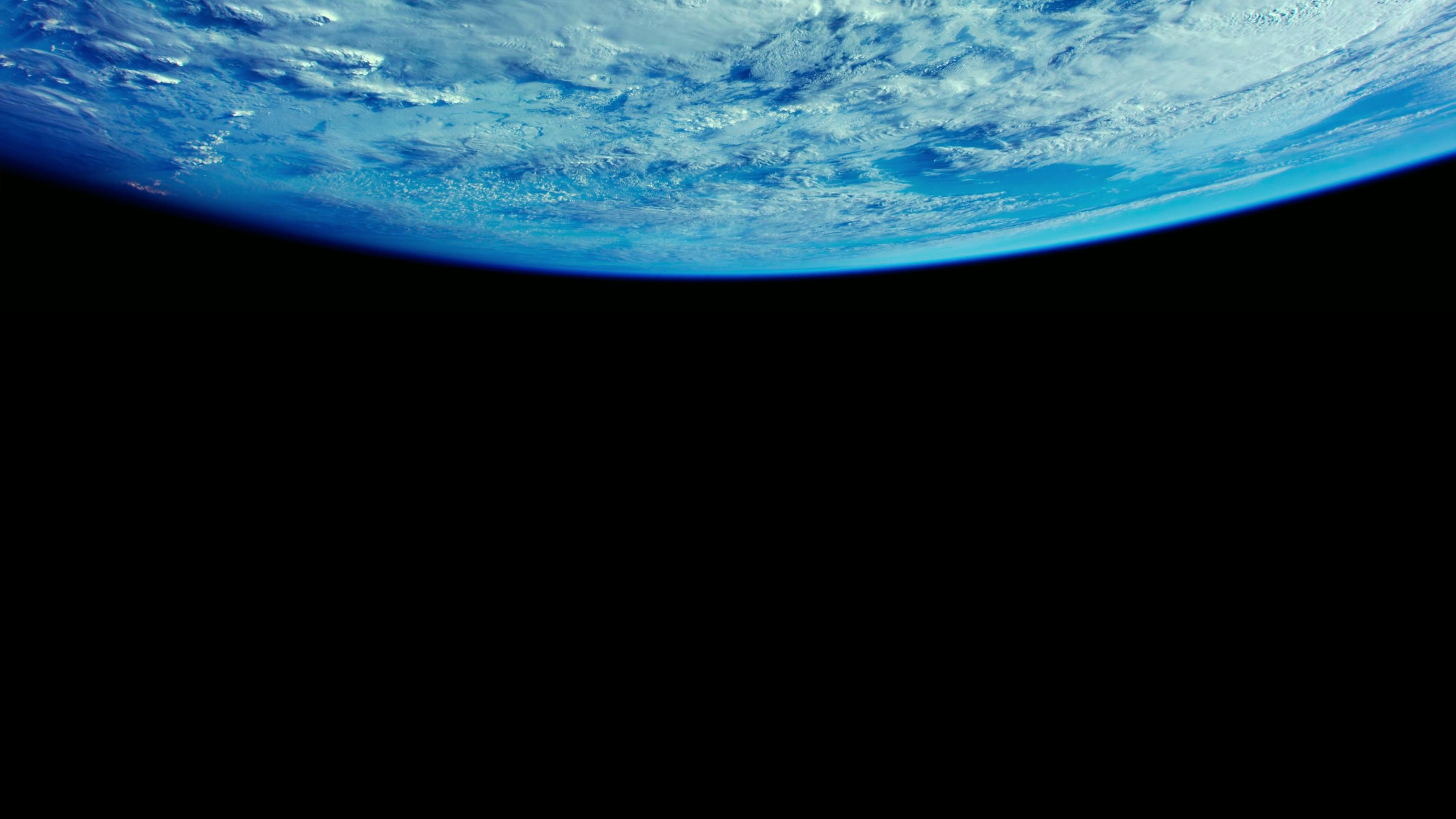Return to Space journeys to the International Space Station, and Melodie Yashar is 3D-printing viable extraterrestrial habitats.
With their Oscar-winning documentary Free Solo, filmmakers Elizabeth Chai Vasarhelyi and Jimmy Chin chronicled the astonishing efforts of climber Alex Honnold to ascend El Capitan, Yosemite National Park’s famed 3,000-foot cliff face, without a rope. Now, the documentarians are back with the story of an even more ambitious endeavor — sending the first crewed mission to the International Space Station in a commercially built spacecraft.
Return to Space follows NASA veterans (and best friends) Bob Behnken and Doug Hurley as they prepare to lift off from Florida’s Kennedy Space Center inside the SpaceX’s Crew Dragon vessel and then travels with them during their 62-day mission, which concludes with a safe return to Earth. “Return to Space was inspired by one idea — accepting that we have a future in space, and that future has arrived,” says Chai Vasarhelyi.
Of course, the idea of mankind venturing to — and inhabiting — far-flung worlds has driven the enterprise of space exploration since the 1950s, but these days, science-minded entrepreneurs are coming ever closer to building viable habitats and infrastructures capable of supporting civilization among the stars.
Melodie Yashar, Director of Building Design & Performance at ICON, a company developing advanced construction technologies to shift the paradigm of homebuilding on Earth and beyond, introduces Queue to her work and explains how the extraterrestrial, 3D-printed environments of our collective future are being created by forward-thinking professionals today.
I always knew that I would work at the intersection of design and technology. I first co-founded Space Exploration Architecture (SEArch+) and started working with other collaborators that resulted in competing within NASA’s 3D-Printed Habitat Challenge, which was a public solicitation for design proposals for a pioneering Martian habitat using in situ materials. To date, there is no definitive concept for what a 3D-printed structure might be in the future, or what the definitive Mars habitat might be that implements local and indigenous materials for 3D printing, although NASA does continue to actively work on Mars design reference missions.
Engineering for human spaceflight, generally speaking, is extremely focused on minimizing risks and closing technology gaps. Traditional (terrestrial) architectural design practices operate from a fairly different value system. Providing spacious exterior-facing windows, or plants and greenery that are easily accessible, are not (to date) necessarily drivers for the experience of the crew within spacecraft. Designers offer a fresh perspective towards extraterrestrial habitats, as I believe we are more prone to celebrate a human factors-based or human-centric methodology first and foremost that prioritizes crew members’ wellbeing and health over the long term.
After competing in two phases of NASA’s 3D-Printed Habitat competition and winning first prize in design for both, our team began engaging in spin-off projects inspired by the original designs and started to receive phone calls to consult with peers (NASA and others) in the aerospace industry. That was really the beginning of my career in space architecture and designing for space. I knew that design for robotically built structures and construction in space would transform into a lifelong mission and passion project. I became committed to seeing how the technology could eventually be used to create permanent, robust shelters for the Moon and Mars. In 2021 I joined ICON as Director of Building Design and Performance. As part of ICON’s Project Olympus with NASA Marshall Space Flight Center, we are currently developing a Lunar additive construction system to support long-term development of infrastructure on the Moon. Project Olympus is ICON’s project to develop an additive manufacturing system for the Moon, as part of NASA’s Moon-to-Mars Planetary Autonomous Construction Technologies (MMPACT) program.
I don’t believe outer space can or should be treated as humanity’s lifeboat. It can’t be. The truth is that we’re here because Earth is the most habitable planet in the solar system, and it is our home. Part of our work in developing concepts for 3D printing in space and thinking about design for extreme environments has been about asking: How can the technologies we develop for space bring value back on Earth, or be used to rethink the way construction happens on Earth today? I don’t see space exploration as a reason for us to abandon Earth by focusing on life offworld — I don’t think that’s an acceptable answer for us. But I do see the work that we’re doing, and that others are doing when it comes to surface construction and space technology development on the Moon and Mars, as being mutually supportive to accelerating applications of additive manufacturing on Earth that can solve real problems for us today.
When it comes to the actual process of additive manufacturing, large-scale 3D printing operates similarly to how a desktop 3D printer does. In a traditional process, a filament material (usually a plastic) is fed through an extruder which then gets deposited as material into a pre-programmed three-dimensional form. At ICON, we’ve developed the Vulcan construction system, a massive, 9,500-pound, gantry-style robot that does the same, except that it deposits a proprietary, mortar-based concrete material that we’ve developed called Lavacrete.
Melodie Yashar
Our proprietary software converts designs into 3D-printable G-code, which determines the toolpath for the printer to manufacture the building, layer by layer. We still manually insert windows and doors and use traditional methods to finish the building and complete plumbing and electrical work. But the structure itself and the finished walls are all part of the 3D-printed wall enclosure, which is very different from working in traditional wood-frame construction. There’s no drywall. There’s no flashing. There’s no siding. All of the other trades that you normally would have to bring on-site to finish a home become moot because we have such a high-performing building enclosure created by the 3D-printed wall system. On Mars or the Moon, it’s incredibly inefficient — not to mention extremely dangerous — to think that a crew of astronauts might be available to finish a structure during a spacewalk; in these contexts, we want construction, repair, and maintenance work to happen robotically and autonomously, which is a fantastic application and use case for large-scale 3D printing.
To date it’s been very expensive to launch heavy payloads from Earth to space in a sustainable way. A key metric useful to keep in mind is that it costs roughly $10,000 to launch one kilogram from Earth to low-Earth orbit. If our goal is to create a small settlement or permanent outpost that includes roads, basic infrastructure, and protective elements to shield people against radiation, we’ll need a lot of construction material that we simply can’t launch from Earth. The concept of in situ resource utilization (ISRU) is a key factor in making construction on other planets sustainable and cost effective. Based on an ISRU approach, we would use materials that are local and indigenous to the planet, such as the regolith (dirt) already on the surface of the Moon or Mars, or water-ice that has been sighted even a few centimeters below the surface, as construction feedstock for the 3D printer.




